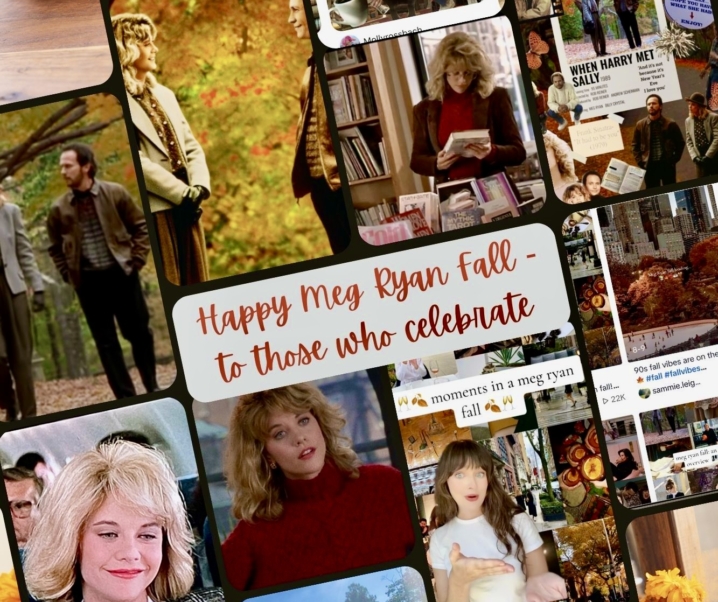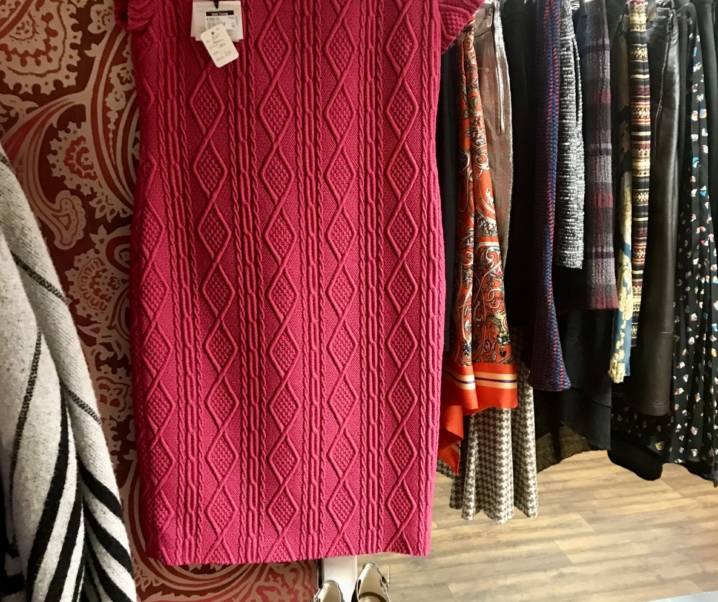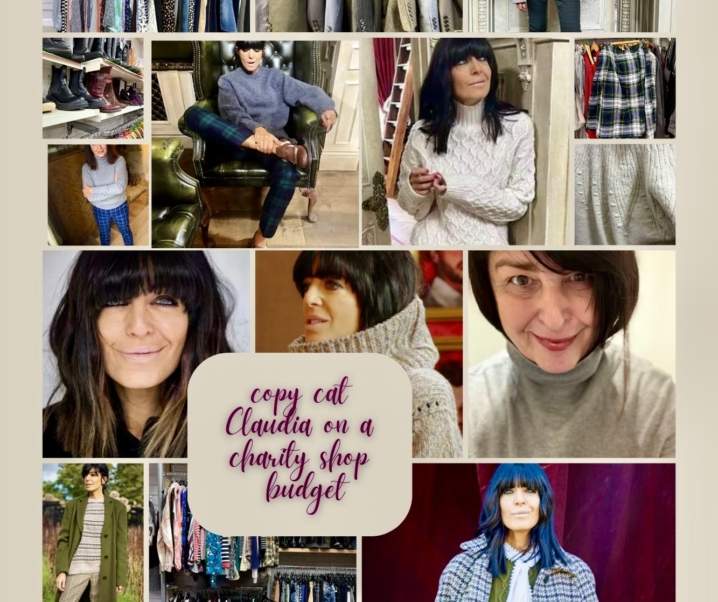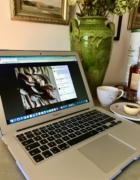It says something about the year we’re all having that, when someone asked if I managed to stick to last September’s pledge, I could hardly recall last September (doesn’t it feel like a lifetime ago?) never mind the purpose of my pledge.
Was I going to give up sugar and inhale kale/drink eight pints of water with electrolytes daily/perform 50 minutes of facial exercises with that bondage-style mouth stopper thing I bought from Amazon?

“No,” my friend said swishing up and down my body with an impatient hand gesture.
“You were only going to buy second-hand clothes from charity shops and eBay for a year. I wondered how it was going…”
Ah that. #secondhandseptember pledge as organised by Oxfam; ’tis the month that glorious people who genuinely want to save the earth attempt to rope in those who would like to help but only on the condition they can still wear leather shoes.

And just like that I recalled all the very good reasons why I wanted to support the Oxfam initiate to buy only second-hand. In a nutshell, if we all decided to repair, reuse and recycle all the clothes already in existence then we’d dramatically reduce the impact of the second most environmentally polluting industries on earth. That’s right – the fashion industry creates 1.2 billion tonnes of carbon emissions per year according to charity Wrap.
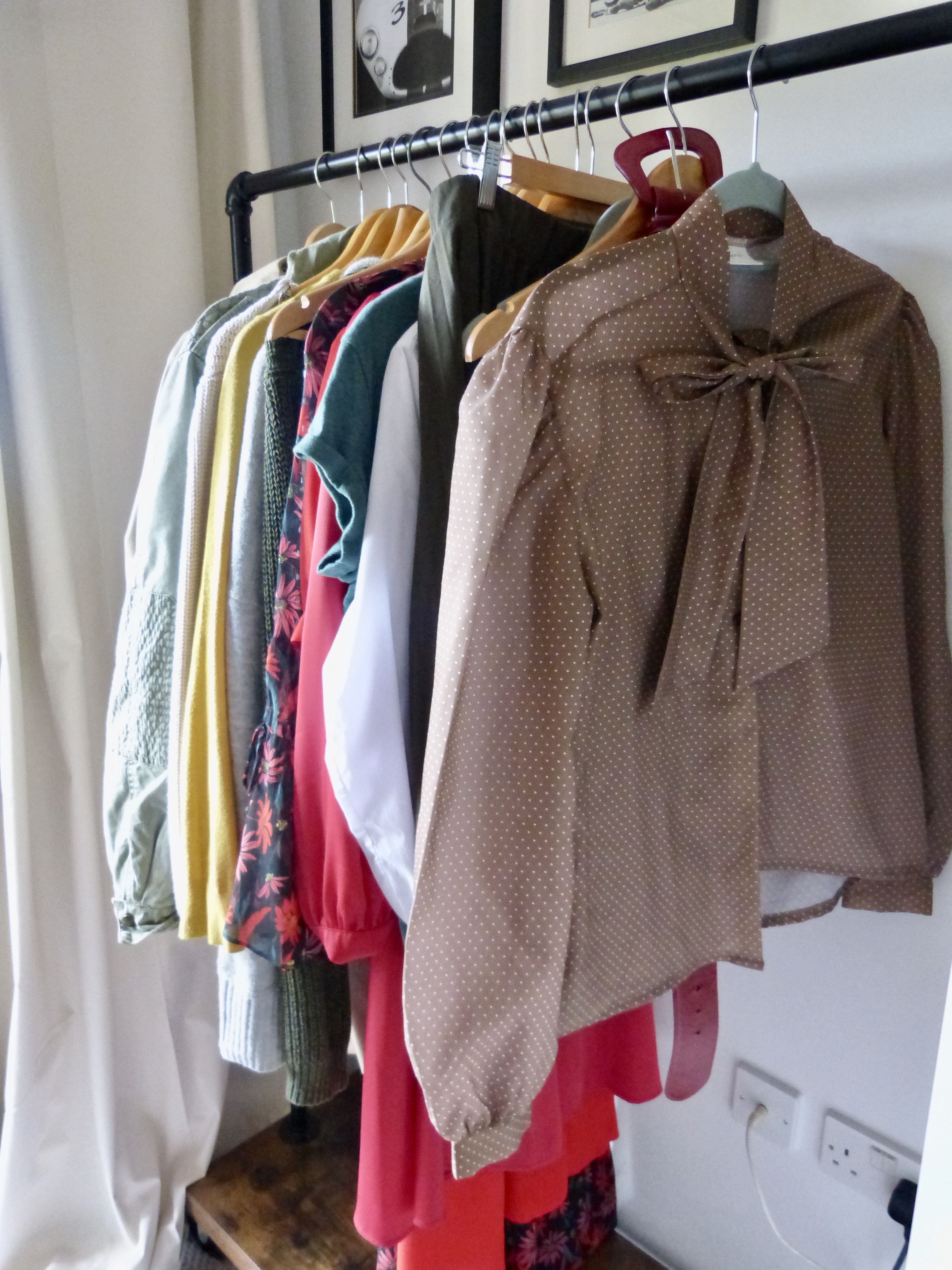
I’m guessing all this waffle about my memory lapse is leading you to suspect that I failed; but you’d be wrong. As a matter of fact – with a few exceptions* – I can confirm that I haven’t bought any new clothes for 12 months.
But here’s the thing…neither has anyone else. Coronavirus did more to halt the stampede of the global fashion industry than all of the earnest endeavours of the green lobbyists.
By March 2020, clothing sales plummeted by 34 per cent. Sadly, it wasn’t worry for the environment which slowed the rapacious production of fast fashion; it was simply that people didn’t need new clothes as they weren’t going out…
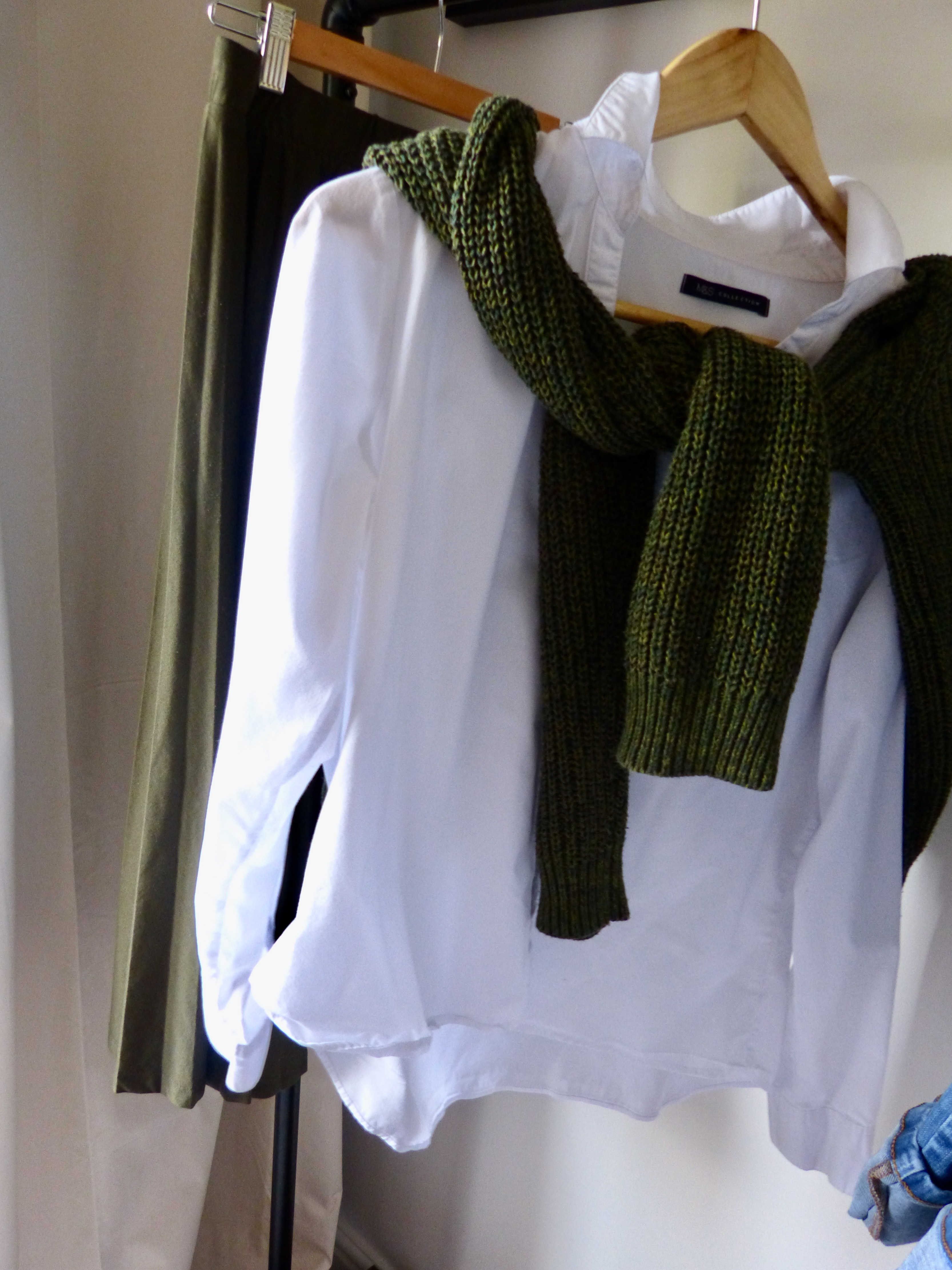
If there’s a little germ of hope to be had from this awful year then it’s that fashion pundits are predicting this slow down in consumerism will persist.
“I feel very strongly that when we come out at the other end, people’s values are really going to have shifted,” was the view of Vogue editor Dame Anna Wintour when she was interview in April 2020.

“I think it’s an opportunity for all of us to look at our industry and to look at our lives, and to rethink our values, and to really think about the waste, and the amount of money, and consumption, and excess that we have all – and I include myself in this – have indulged in and how we really need to rethink what this industry stands for.”
Here’s hoping.
Although none of my second-hand buys will make an editorial spread in Vogue any time soon, I’m going to reveal ten buys as I want share the lessons I learned along the way.
*my pledge to buy second-hand purchases only extended to the things that can reasonably be bought second-hand. For reasons of hygiene and comfort this didn’t include gym wear/shoes, swimming costumes or pants.
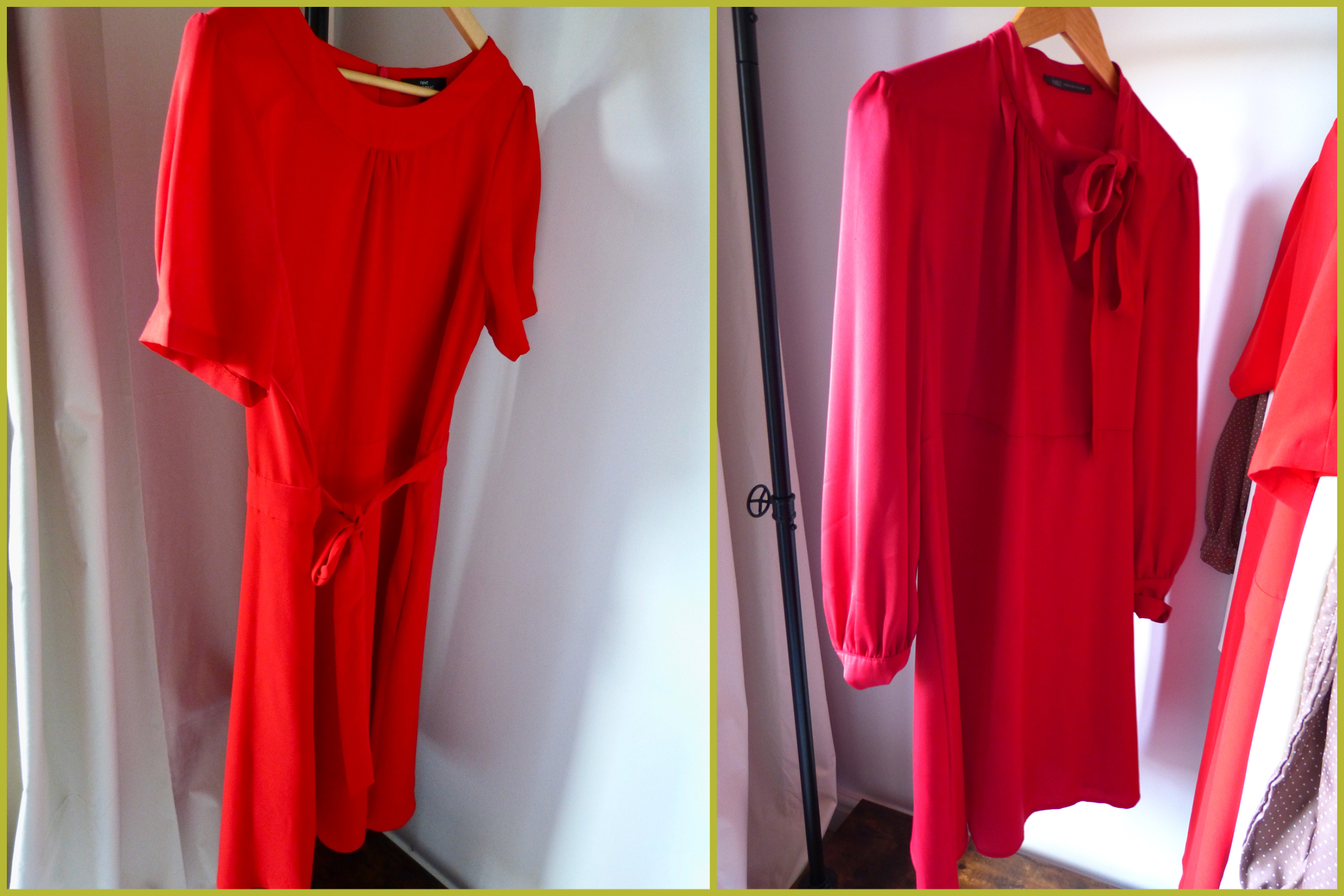
Lesson one; even when it’s cheap, less is still more
Look very closely at the two dresses above. No, you are not seeing double. I really did buy two identical frocks from two separate charity shops.
In my defence, someone once said I look good in red but the sad fact is that I haven’t really worn them that much – other than for a smart Christmas meal out. Unless I’m going to make one last-ditched attempt to ensnare Chris de Burgh, I’m not sure I need one red dress never mind two.
The fact is, when you start buying from charity shops, there’s always a tendency to see the bargain prices and be overcome by a ‘supermarket sweep’ mentality. Remember, the name of this game is to buy less and wear it more. And if you’re not wearing it…give it to someone who will or pass it back to the charity shop.
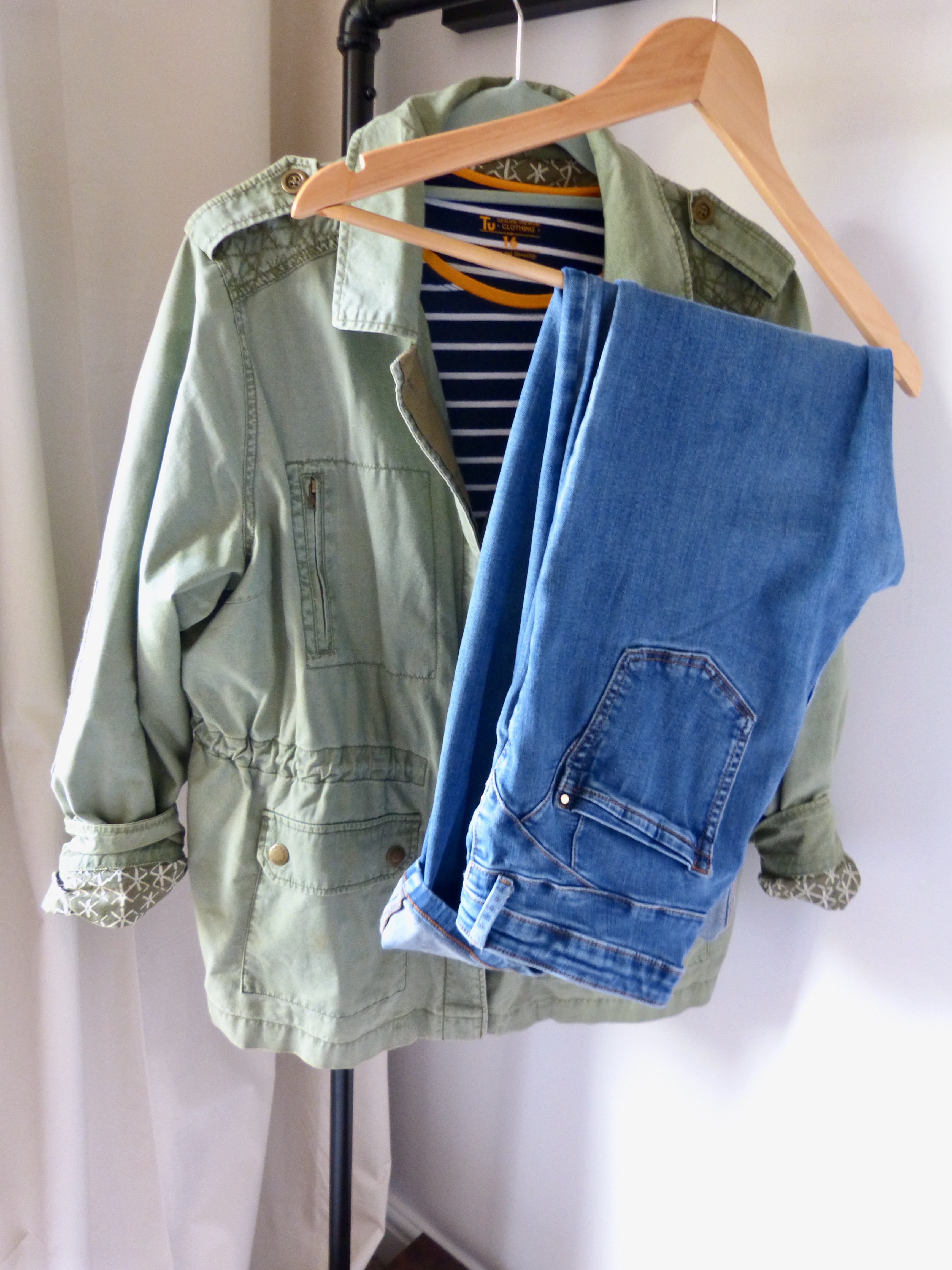
Lesson two; have a grand plan – and stick to it, sort of (see below)
I’m not really into clothes at all but I have somehow managed to fill one double wardrobe, one cubby hole under the stairs and four divan drawers and one drawer in a massive chest with my ‘indifference’.
So here’s the thing. The savvy fashionista should have just 30 items of clothing in their capsule wardrobe (some say 50 but others maintain you should get by on ten). Hold onto your pashmina folks because the core of most capsule wardrobes equates to;-
A pair of tailored trousers, two x black and white T shirts, one pair of jeans, one neutral shirt, one black dress, one jacket and seasonal accessories ie: a winter coat, couple of high quality woollies and camisole tops. Add boots, heeled shoes and flats and – other than jewellery and scarves – that’s all folks.
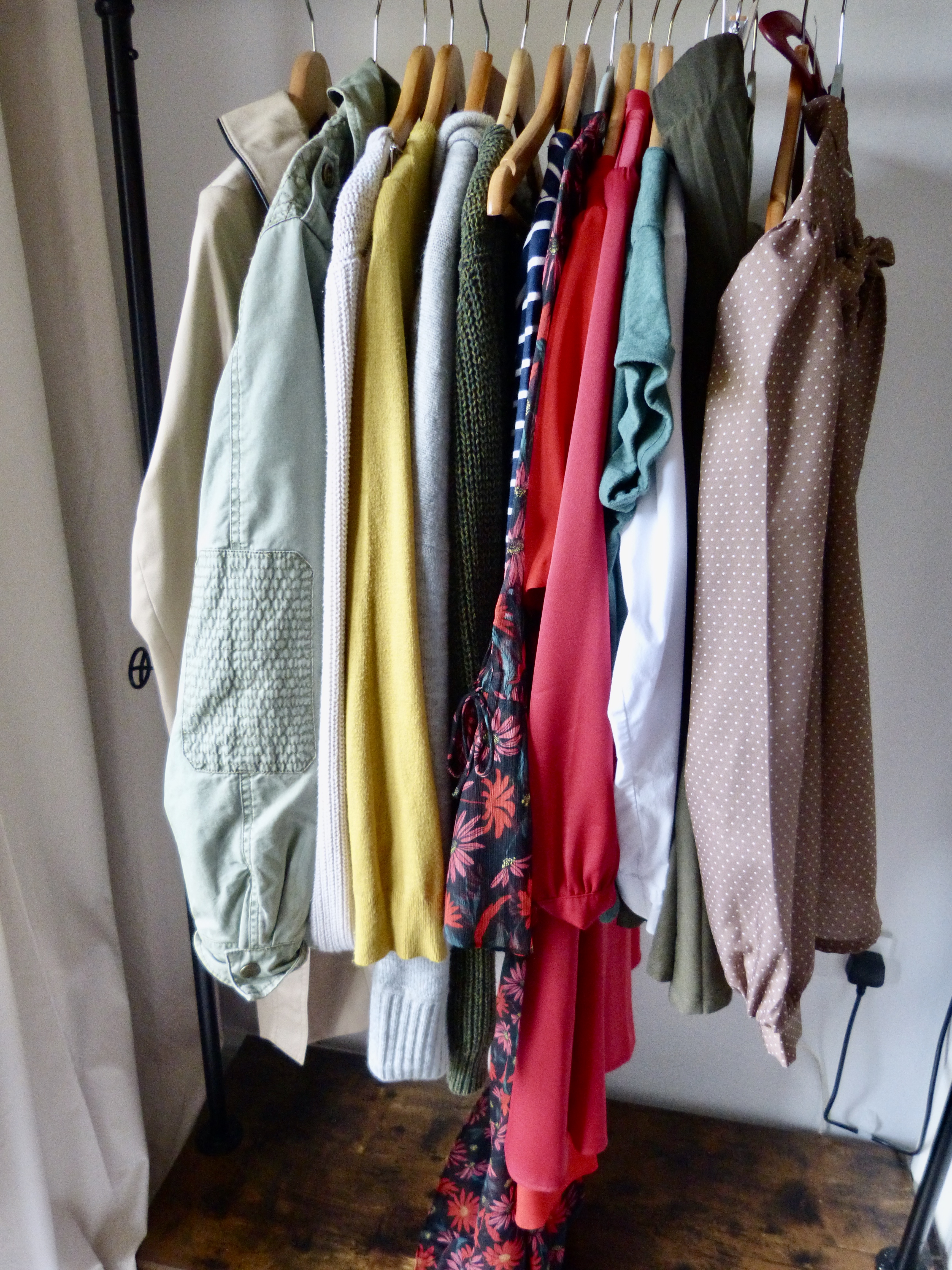
Even when you’re buying cheap second-hand clothes, the simple rule is to stay on track. Stick to your capsule and everything you own will match. Do it right, and you’ll never have to worry about what to wear again.
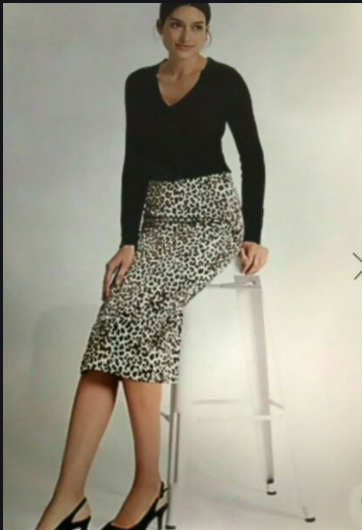
Lesson three – ignore the above
Okay, so we’d all like to be one of those got-life-sussed capsule wardrobe women who can make a tiny collection of classics sing by adding a pair of heels, a bright lipstick and a scarf tied like one of those French girls.
But here’s the beauty of buying secondhand; you can have your ‘uniform’ but also afford to be a little daring.
For instance, have you ever wondered if an animal print pencil skirt could turn you into Beyonce?
Don’t laugh. It did cross my mind – and for the sake of a £4.99 splurge on eBay – I ordered one. Guess what? Beyonce was not in the house but Bet Lynch was certainly back in the pub.
This is the point when you remind yourself you only spent £4.99 and you can stick it back on eBay. My personal belief is that so many clothes remain unloved and unworn in people’s wardrobes because we can’t bear to get rid of expensive mistakes.
Even if your lime green body-con dress cost more than Beyonce’s Bel Air pad; if it looks anything less than bootylicious; be a love and pop it down to the charity shop pet.

Lesson four – even when it’s second-hand remain a savvy shopper

During my second-hand only year I made some miserable mistakes, mostly online. There was the luxury cashmere sweater which had one arm shorter than the other, the pair of dungarees that were described as ‘easy fit’ when they were actually maternity wear (worn and terribly misshapen) and the taupe linen M&S shirt which looked brown on the photo but resembled something usually found in a nappy in real life.
If it’s not right – take action. I got my money back on the jumper, I sold the shirt and the maternity dungarees became my workmen’s outfit which, as I spent lockdown painting, became the most worn item in my wardrobe.
The aim of second-hand September isn’t to have a wardrobe stuffed to the gills with unwearable ‘worthy cause’ clothes. If it’s not absolutely gorgeous on you – send it back, sell it on or donate it.

(A) All of them
Instagram accounts from top left; stripeycoral jouyouscloset angloyankophile les_songes taylortriesthings
Lesson five – you will not turn into The Lady in the Van
There’s a misconception that charity shops are full of sludge coloured cardies pulled out of the dog’s basket.
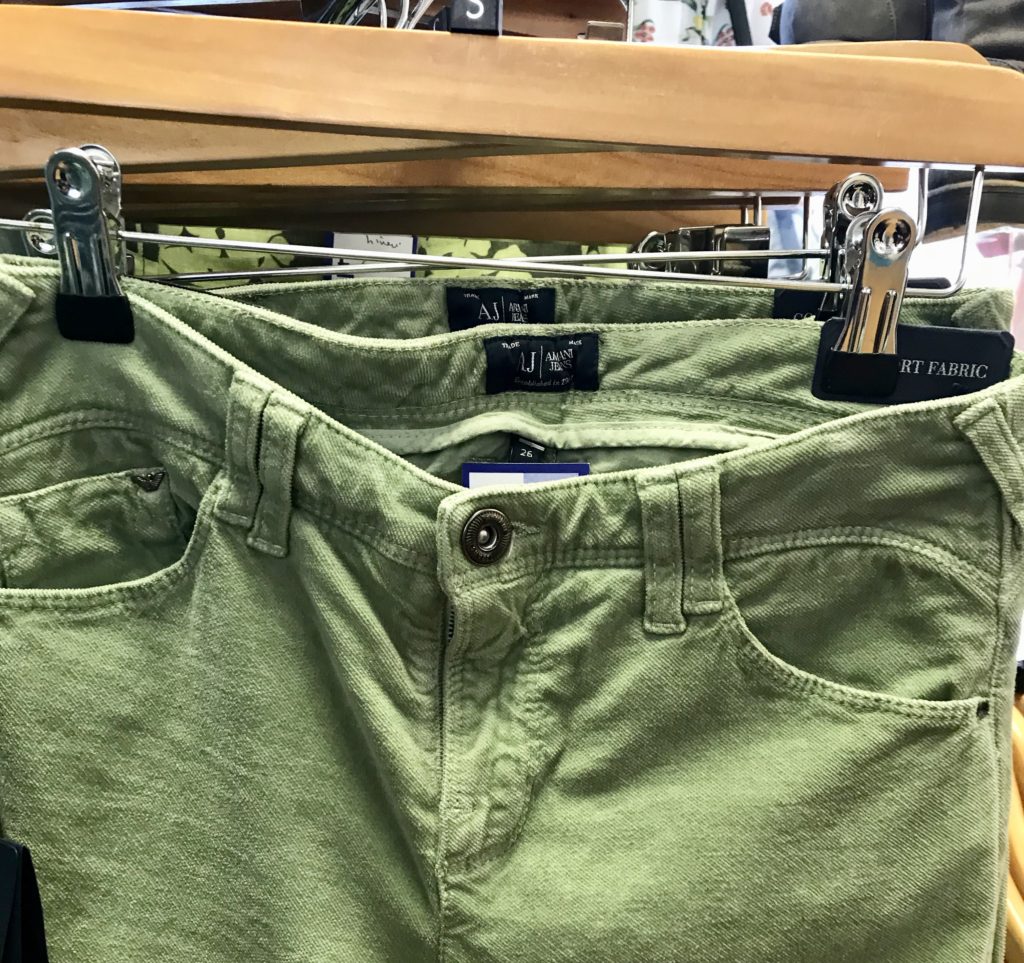
So let me tell you about one of my early visits to a charity shop in Ashbourne, Derbyshire (Cancer Research if you must know). The first rail I came across was crammed with designer clothes including Armani jeans with their labels still on.
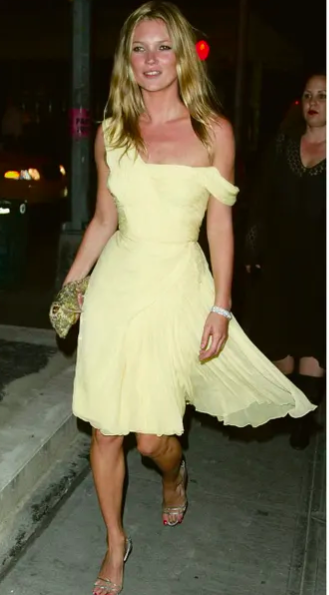
source
Everyone’s wearing second-hand, vintage and re-purposed these days. Secondhand clothes are not worn-out ‘cast-offs’ – the majority of the things I bought during the year had never been worn.
I spoke to a lot of women in charity shops who told me they were worried people would notice they’d become less fashionable. In fact, this never happened and most got more compliments on their appearance.
Lesson six – you will save oodles of cash
During the year, I slowly began to set limits for how much I’d pay for a second-hand garment. For instance, my upper spend was £5 for a top, £15 for quality jeans/skirt and £20 for a knock-out posh frock.

When I had to break this rule – I paid £30 for a Warehouse dress pictured as the seller rejected all my lower offers – I almost wept real tears. Even though I’ve worn it many time…I still gnash my teeth a little when I think about this splurge.
But the fact remains I paid around £200 for all my second-hand purchases over the year…this compares with £526 yearly spend of the average person in the UK.
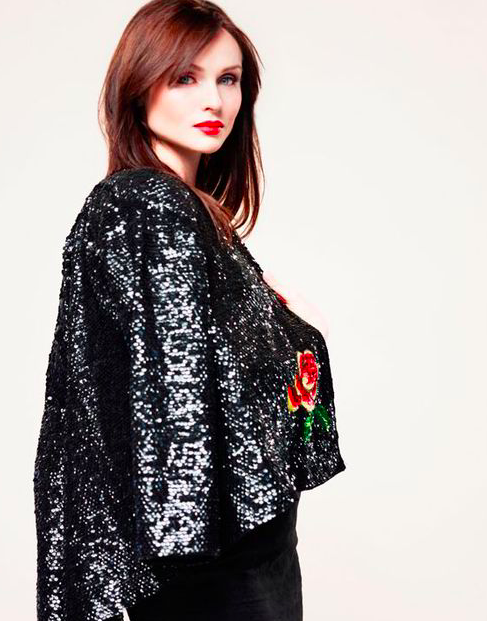
Lesson seven – don’t buy drunk
I think most of us our familiar with that eBay time of the evening. You have a little drink and decide to have a quick browse – then five days later a ginger coloured calico kaftan arrives in the post.
Even the effortlessly sophisticated Sophie Ellis-Bextor admits her late-night eBay addiction has led to some very strange nocturnal purchases ….
“The latest eBay purchase has arrived,” she revealed on Instagram
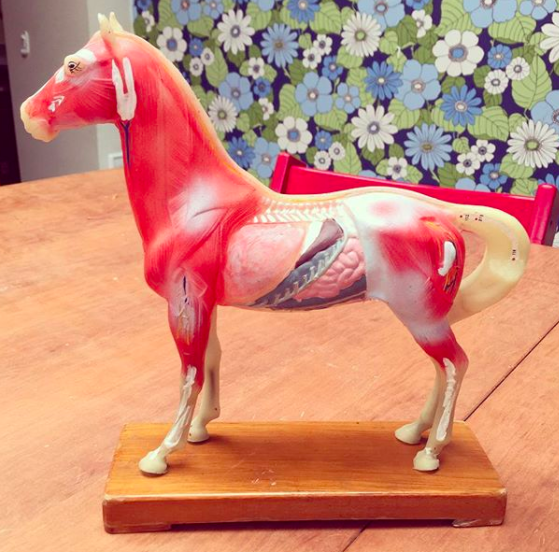
“Look!” says Ray to his brothers, “Mummy won this because no one else wanted it!” Hit the nail on the head there, son.”
If you don’t want to end up with the sartorial equivalent of an anatomical horse; use Sophie’s top tips for buying on eBay.
- keep refining your search so you get specific results
- try to buy from someone with positive feedback
- Above all be bold and adventurous – you might just uncover a gem

Lesson eight – emulate a celebrity/influencer you love
If you only buy second-hand or vintage then you’ll inevitably lose touch with new fashion trends but don’t worry. I’m reliably informed by Who What Wear UK that ‘trend’ is now a dirty word in the fashion world however, in the same article, they are predicting boxy, belted jackets will be a trend thing this Autumn.
You don’t have to fall off the fashion radar when you eschew new clothes. In fact, I challenge you to pick one outfit worn by a celebrity/influencer or a catwalk model whose style you absolutely adore and set out to buy all those pieces from on online source like eBay.

I promise you, it’s easy.

It took just a few clicks to recreate my favourite Cameron Diaz outfit from The Holiday (I did have the same T-shirt but I wore it to paint my fence). It really is as easy as popping ‘white straight skirt size X’ into the eBay search engine. Sadly, looking like Cameron Diaz in said outfit is proving a tad more difficult.
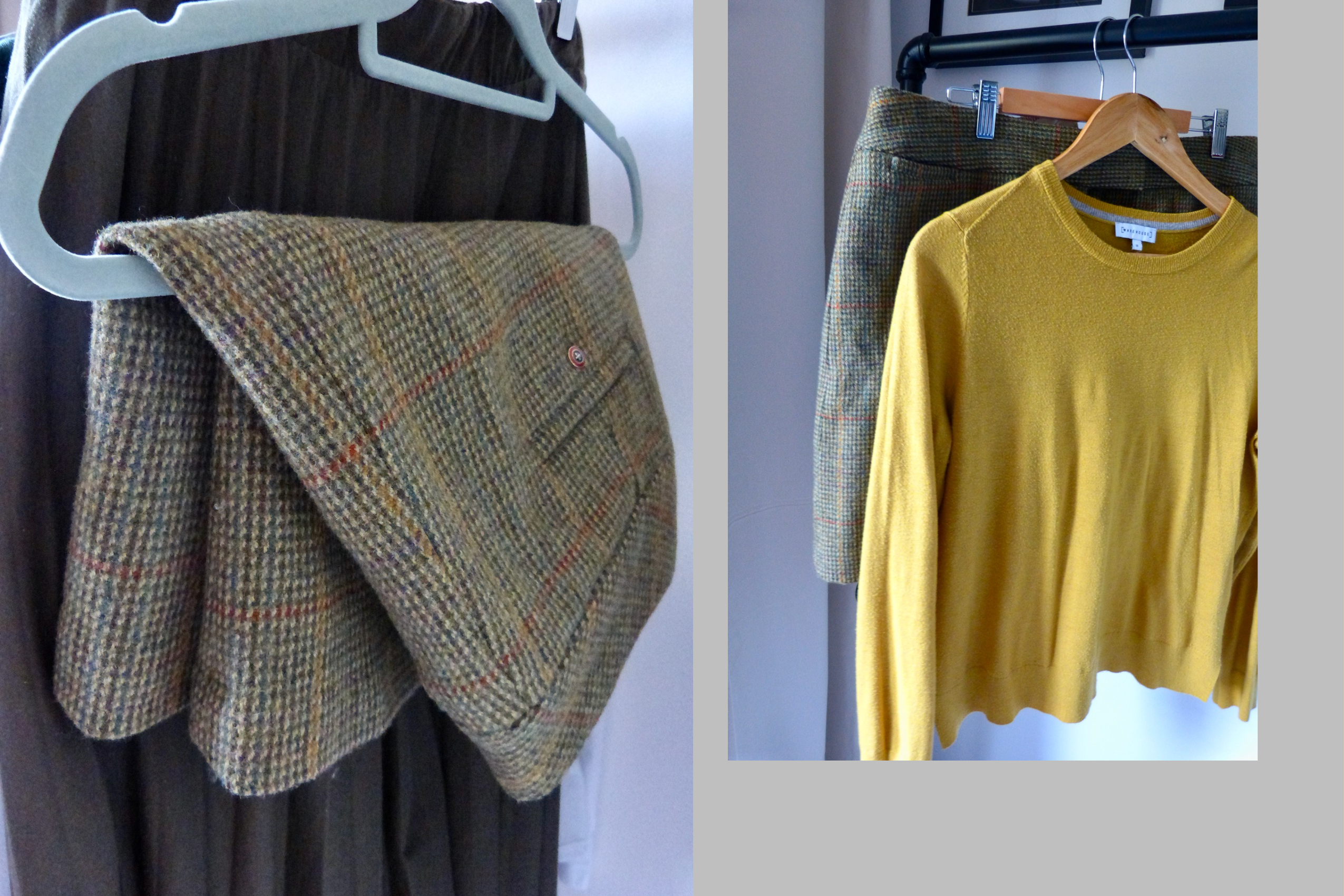
Lesson nine – check/chuck out what you already have
It sounds obvious but the best source for clothes is your own wardrobe. So many of us really don’t know what’s lurking in there – although I suspect moths judging by the nibbles on my cotton T-shirts.
Get everything out. You’ll be surprised to find some long forgotten treasures which you don’t wear because they don’t have a ‘match’ (find one on eBay – see above) or they need a small repair/dry clean.
Now here’s the hard-part. Ask yourself the following questions about all your clothes.
Do I love it/is it useful
Does it fit
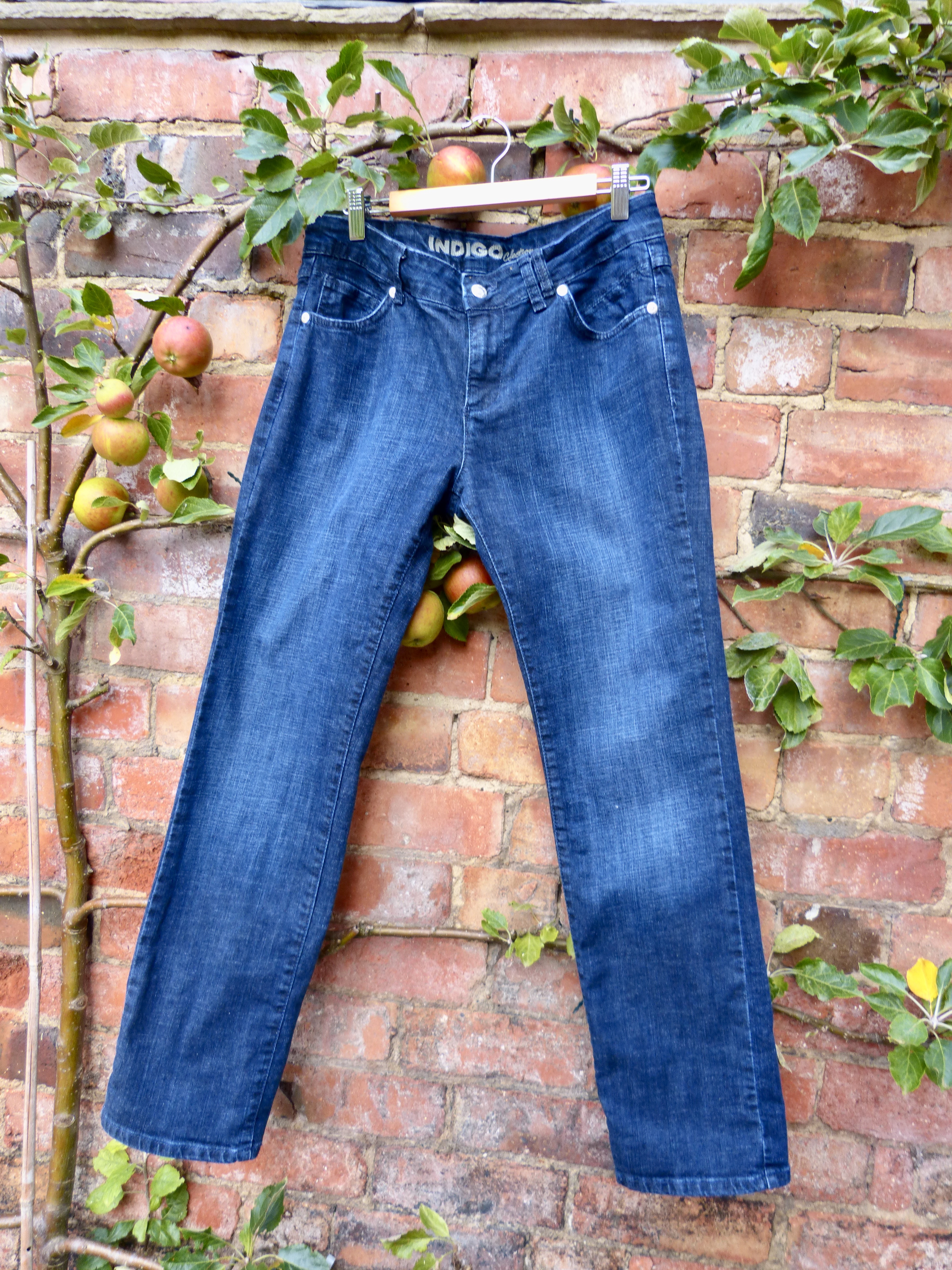
Answer ‘yes’ to both questions and you can put it back. Everything else you’ll donate/sell or swap with friends. Yes, this does include the dress you wore on your engagement 45 years ago? Just take a picture and then list said outfit online as a ‘vintage’ piece and salve any heartbreak with some cold, hard cash.
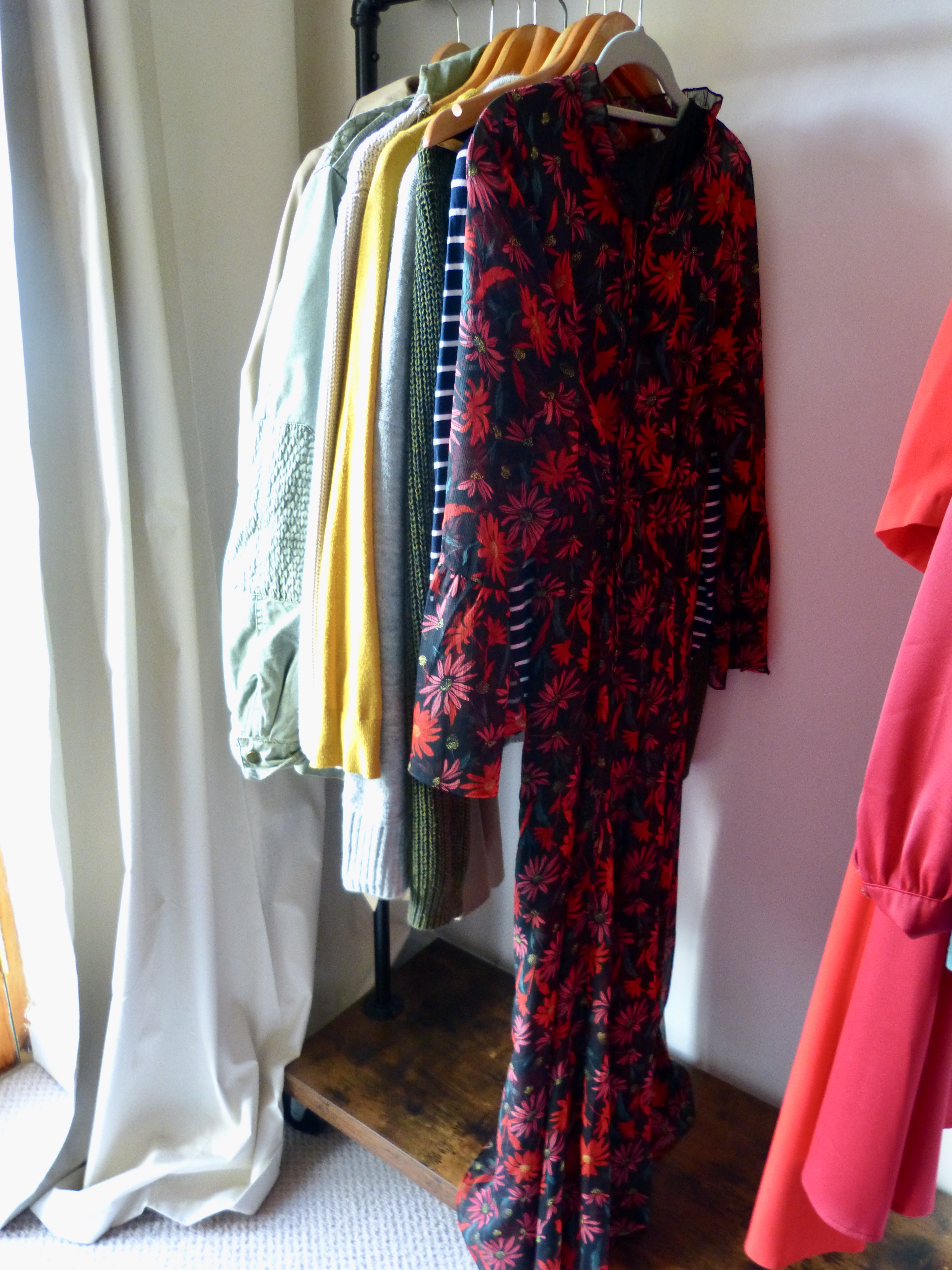
Lesson ten – don’t save it for best
If you buy a big ticket, designer-y outfit you almost feel obliged to save it for a special occasion which may never happen.
Chances are those investment pieces will join the £10b-worth of clothes which are never worn.

If life during lockdown has taught us anything; it’s about living for the day. The great thing about buying second-hand or from a dress agency is that the posh frock will be an absolute steal so you won’t shed a million tears if you get kebab juice down the front…
NB; While I tend to buy and sell clothes on eBay there are many alternatives which may deliver better returns if you have something niche. For instance try Vestaire Collective if your item is designer and you’d like to get £70-up for a piece.
Thankfully Jenny Keefe of Money Saving Expert has compiled a handy guide to the best online market places for pre-loved clothes.





